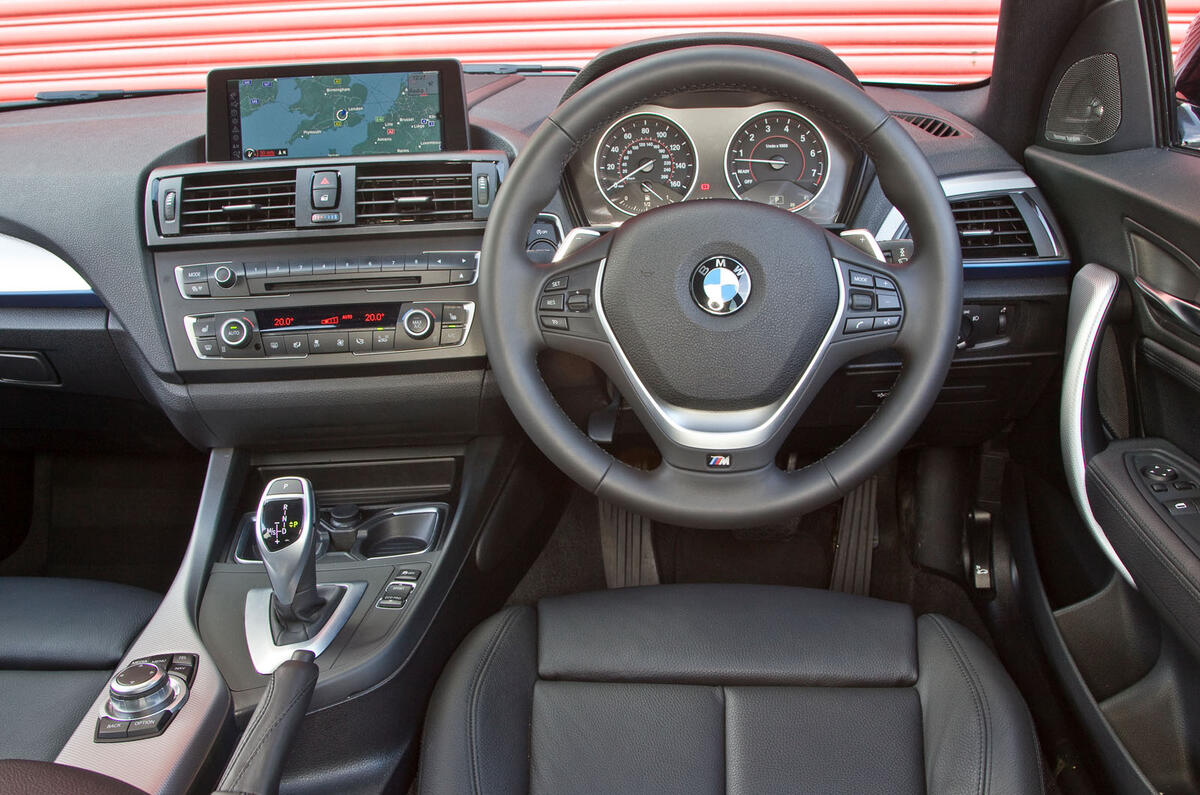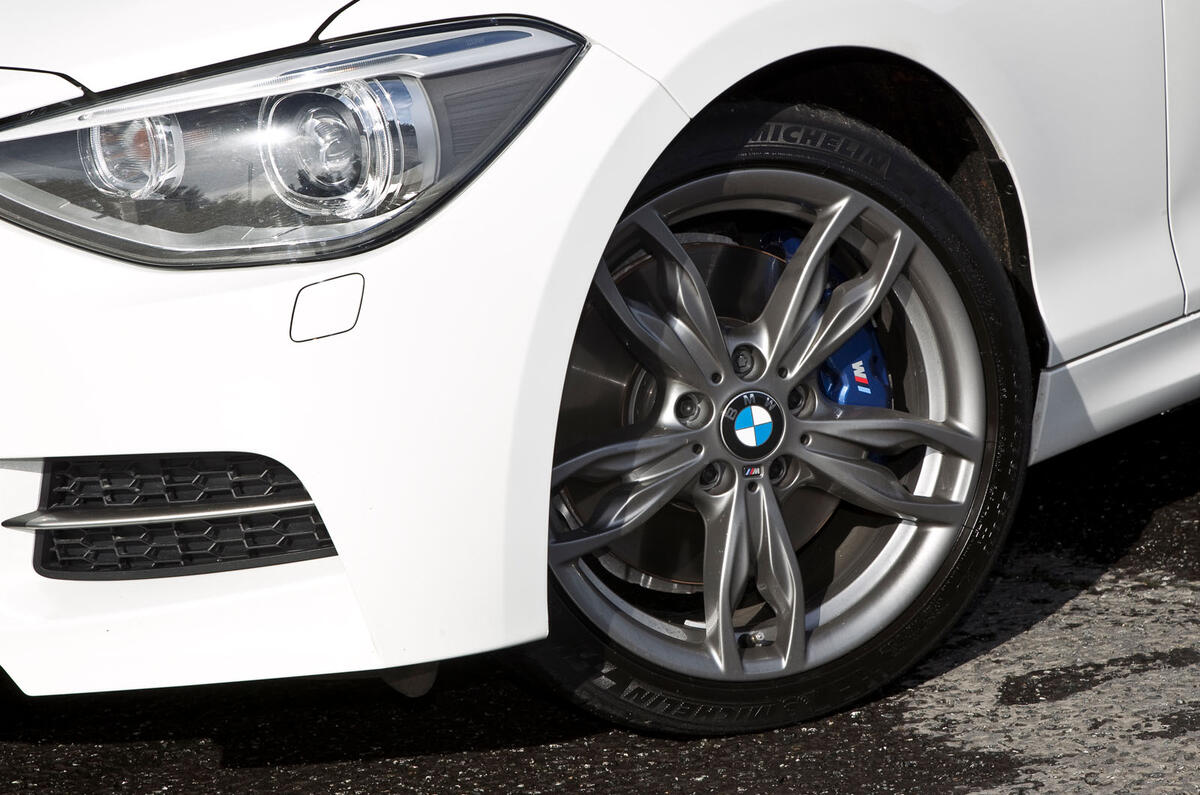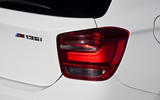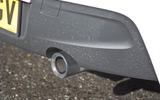Never judge a book by its cover. The second-generation BMW 1 Series was no looker – nor was the first-generation version, come to think of it – but hidden beneath its sodden flanks was one of the most spirited hot hatchbacks of the past dozen or so years.
The M135i was launched in 2012 and ran until 2016, with one mild upgrade in 2015 when the even more willing M140i replaced it. That means there are now plenty of M135is on the used market, with prices from as low as £9000. So what do you get? A muscular 315bhp 3.0-litre turbocharged straight-six engine with a wall of torque and an awesome soundtrack, the whole lot expressed via a deliciously playful rear-wheel-drive chassis. You also had the choice of a six-speed manual or an eight-speed automatic gearbox, and a three- or five-door bodyshell.
So you want to go from a standstill to 60mph? Just 4.6sec. From 30-70mph using only third gear? It will take just 4.1sec. Even in sixth – which is barely past idle at 30mph – the BMW wants only 8.1sec, which is amply brisk. For all its power, the M135i’s unit is exceedingly flexible, smooth and happy to be rolled out from low engine revolutions. It’s odd to think that once upon a time the gently blown six and smooth-shifting automatic would have seemed at odds with the M badge, but now such things don’t bat an eyelid. It is, of course, as responsive and keen a set-up as you’d expect.
While the M135i came as standard with Drive Performance Control, which provided a range of driving modes from Eco Pro through to Sport+, it could also be specified with electronically controlled adaptive M Sport dampers that brought faster reaction times. Sport and Sport+ modes tighten up the car’s body control, add a little weight to the variable-ratio steering and progressively dial back the stability control system’s eagerness to intervene. Most owners settle for the default Comfort mode most of the time, switching to Sport on more interesting, well-surfaced roads.




































Join the debate
Add your comment
Some of the detailing on the second generation 1-Series weren't so good, but the quirky proportions, particularly of the 3-door appeal to me. The current model is a lot more bland.